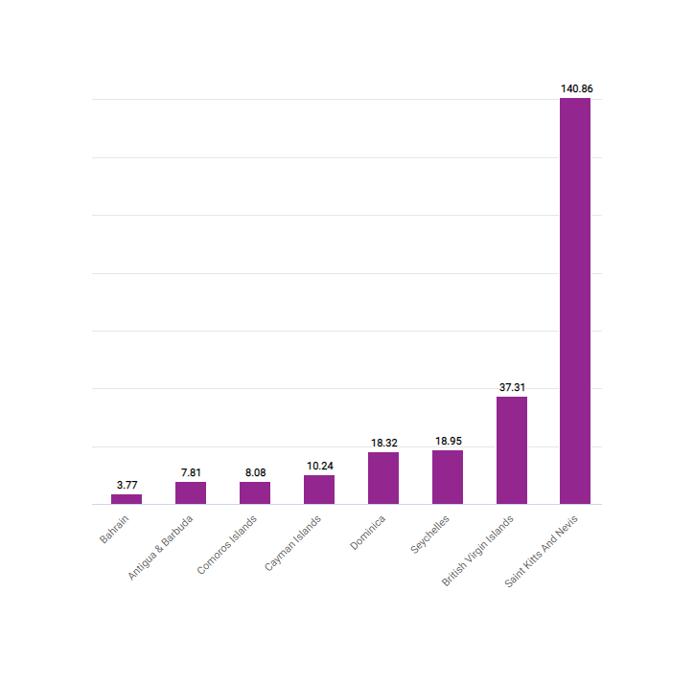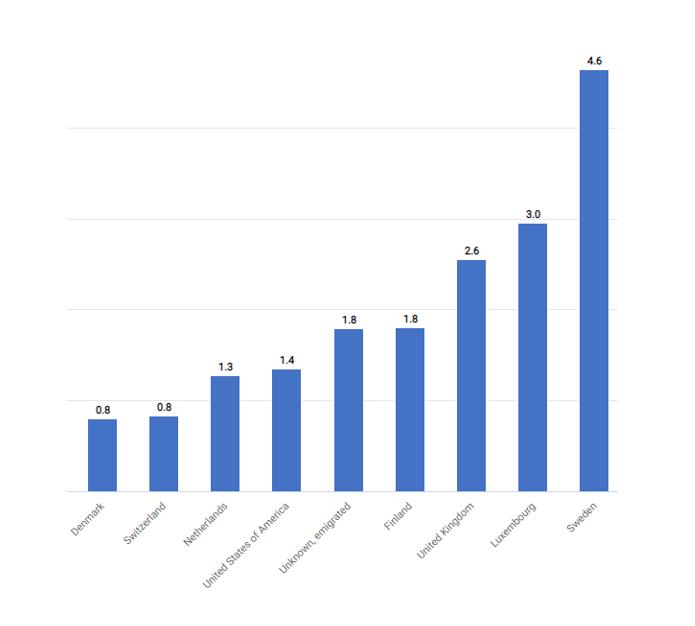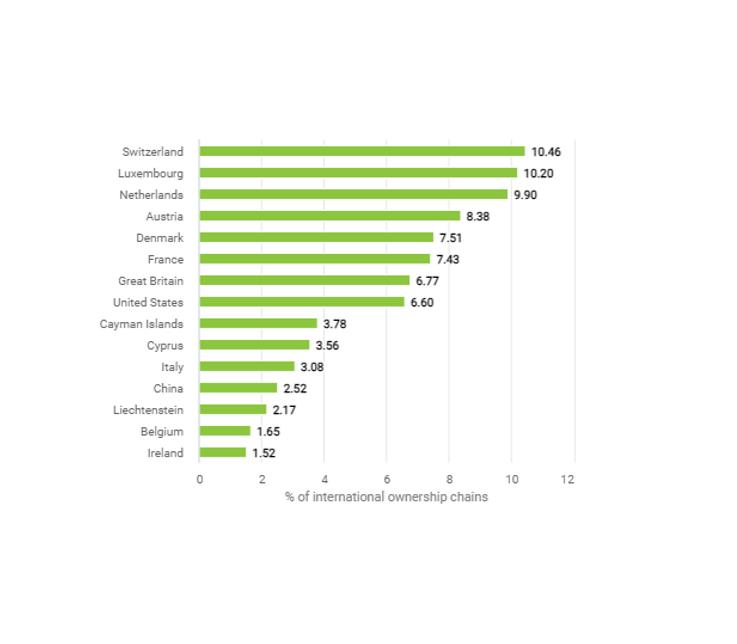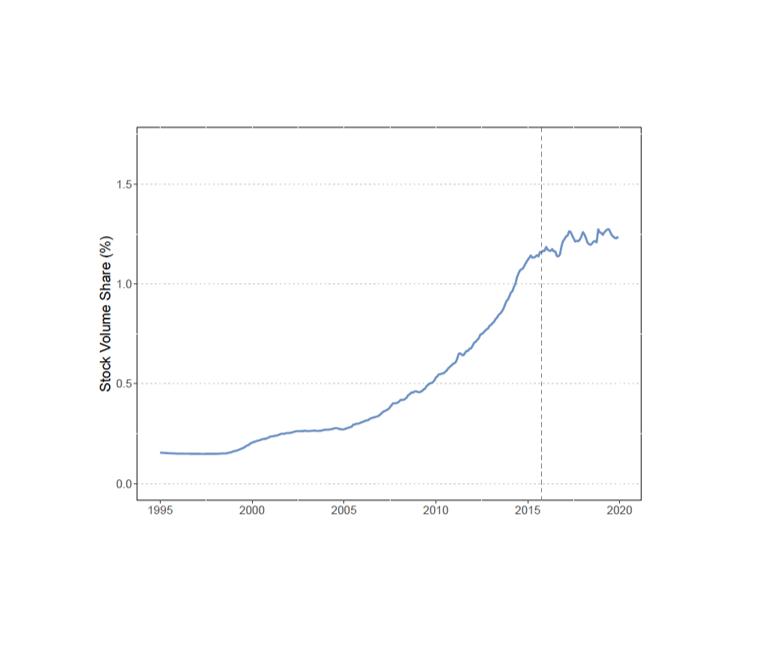Who owns offshore real estate? Evidence from Dubai cross-border real estate investments
How large is corporate tax base erosion and profit shifting? A general equilibrium approach
Summary
Álvarez-Martínez et al. analyse the extent of corporate profit shifting and resulting tax revenue losses in the EU, Japan, and the US, based on an adapted version of the CORTAX model. CORTAX is a macroeconomic model developed to assess the impact of corporate tax policy on the economy, including potential effects on tax revenues, investment, and welfare. The authors extend the model to account for the effects of profit shifting on countries’ tax revenues.
Based on empirical estimates from the economic literature, they assume that a one-percentage-point difference between two countries’ tax rates makes corporations report 0.8% higher profits in the country with the lower tax rate. In the model the scale of profit shifting is thus determined by the differences between countries’ statutory corporate tax rates. In addition, the importance of multinational corporations in each country’s economy also plays a role: The higher the statutory corporate tax rate and the larger the size of a countries’ foreign subsidiaries, the higher will be the revenue losses due to profit shifting. Countries can gain from profit shifting if they have a lower statutory tax rate than other non-tax-haven countries. In addition, all countries lose from profit shifting to a hypothetical tax haven country with a statutory tax rate of 5%.
Besides the tax revenue effects, the model allows them to analyse how a hypothetical elimination of all profit shifting opportunities would affect the economy. As the model assumes that corporate investment is determined by the user cost of capital, lower net-of-tax profits discourage investment. On the one hand, removing profit shifting would thus have a dampening effect on GDP. On the other hand, increased tax revenues allow to lower consumption taxes or increase public transfers to households. This would increase consumption and thus have a stimulating effect on GDP.
Results suggest that total tax revenue losses for the EU, Japan, the United Kingdom, and the United States amount to EUR 160.8 billion or 9.85% of corporate income tax revenues, which is comparable to the estimate by Torslov et al. 2020. The model further predicts that eliminating profit shifting would slightly reduce private investment but increase corporate tax revenues and, thus, economic welfare.
Key results
- The EU loses EUR 36 billion of tax revenues per year due to corporate profit shifting. This corresponds to 7.7% of corporate tax revenues.
- Japan and the United States lose EUR 24 billion and EUR 100.8 billion respectively or 10.7% of corporate tax revenues.
- EU countries attract profit shifting from Japan and the United States which is why they lose relatively less on average.
- The elimination of profit shifting would lead to an increase in corporate income tax revenues for most EU countries, but not for Ireland, Cyprus, Croatia, and Bulgaria.
Data
The parameters and elasticities of the model are based on 2012 data for the EU, Japan, the UK, and the USA from various sources, including the ZEW database on corporate taxation, the Orbis database by the Bureau van Dijk, Eurostat, and the EUROMOD microsimulation model. The baseline semi-elasticity of MNEs’ pre-tax profits to tax differentials is taken from Heckemeyer and Overesch (2013).
Methodology
The authors use CORTAX, a Computable General Equilibrium model designed to assess the macroeconomic impact of corporate tax policies. They update the underlying data from 2007 to 2012 and extend the model to account for the effects of profit shifting. The model includes three types of representative firms – domestic firms, multinational headquarters, and affiliates – which shift profits to lower-tax countries to different extents. The assumed semi-elasticity of multinationals’ pre-tax profits to tax differentials is 0.821 as suggested by Heckemeyer and Overesch (2013). In addition, the authors assume a semi-elasticity of 0.227 for domestic firms arguing that they can engage in some debt-shifting by establishing an offshore financial center company in tax havens. The model allows the authors to calculate the tax revenue losses due to profit shifting for each country and to simulate second-round effects of removing or reducing BEPS on the economy.
Go to the article
The article was published in Economic Systems Research. It can be downloaded from the journal’s website. [PDF]
This might also interest you
Hidden in plain sight: Offshore ownership of Norwegian real estate
The role of anonymous property owners in the German real estate market: First results of a systematic data analysis
Homes incorporated: Offshore ownership of real estate in the U.K.



